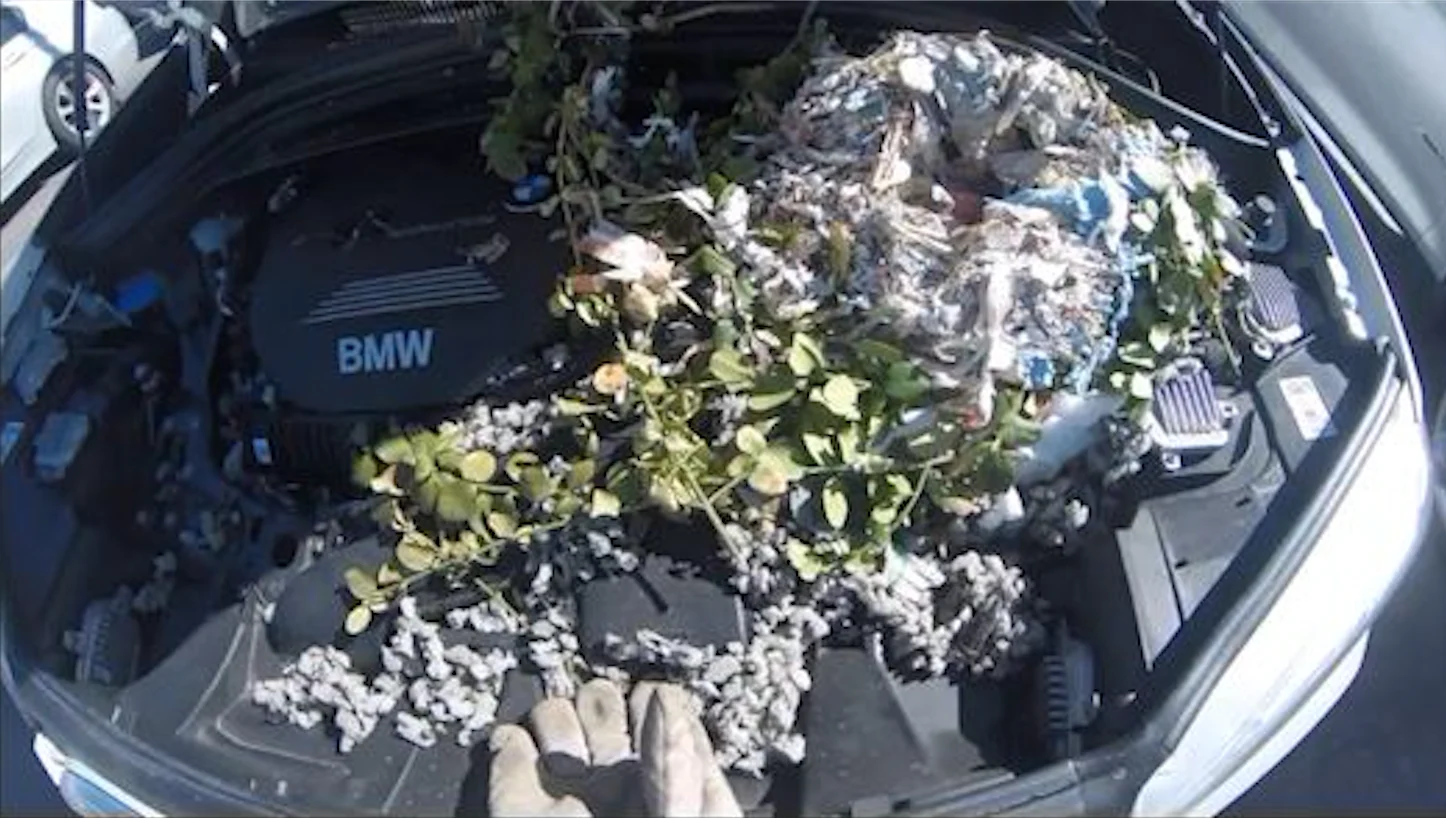
‘We are in baby season’: Dealing with wildlife nesting in homes during COVID
With more people staying at home due to the pandemic they are paying more attention to wildlife in and around their homes. Of course, springtime also means baby time.
Springtime is baby time and animals are on the lookout for places to start their families and that includes our homes.
“Every home in North America typically has anywhere from 35 to 50 areas on one particular home that animals can get into,” said Bill Dowd, the president, CEO and founder of Skedaddle Humane Wildlife Control.
That includes chimneys, vents, downspouts, soffit vents and any other cracks.
“Homeowners should always be looking at their home. Everybody kind of thinks that the roof is up there, it's out of sight, it's out of mind but it's your most important part of your entire home. Raccoons, squirrels, birds, bats and mice and rats can gain access into your attic from the roof,” said Dowd.
Raccoons are the first babies seen in the season. They arrive around mid-march and continue into the end of June, sometimes July.
“Then we'll see squirrels which will typically arrive towards the end of March, start of April. We'll see them, same thing, all the way through till June,” said Dowd. He says they even saw their first baby skunks. They will continue to be born until June and July.

Courtesy: Skedaddle Humane Wildlife Control
“Baby birds typically arrive around mid-may and continue through the entire summer into The Fall season.”
Go here for our complete coverage of the COVID-19 pandemic
Dowd says with more people staying home during the pandemic, they are probably more aware of the wildlife in and around their homes.
“We're all being safe. as we're being safe we're noticing that scratching or clawing in the walls are in the attic and rather than homeowners waiting, they're picking up the phone immediately and calling,” said Dowd.
Homeowners should be inspecting their properties for points of entry.
“Go outside. Take a look on the roof. Look for missing shingles that are torn off or ripped apart. Soffit or aluminum being torn to indicate something is in the Attic,” said Dowd. “When you're talking mice and rats they can get in small little weep vents that are vents that allow proper drainage and ventilation of your home that need to be secured with a screening.”

Racoons in the attic of a home. Courtesy: Skedaddle Humane Wildlife Control
Be aware of garages too.
“Anytime the soffit comes in and meets the shingles that's another common entry area. Garages that are left open that have joist spaces allow the animals to go in and get into the attic space,” he said. “The dryer or the kitchen stove. We get birds, mice, rats, squirrels go in through those.”
SEE ALSO: 24 cats rescued from hot car near Los Angeles
CARS ARE ANOTHER POPULAR NESTING PLACE
“If cars are sitting vacant, especially because we're not working and they're sitting in their garage or the driveway, squirrels and mice or rats will get into the cars. They'll actually chew the wiring in the cars coated with a vegetable biodegradable coating, which is actually attractive for those animals and they'll actually chew the electrical wiring so the cars won't start,” said Dowd.
He suggests starting the car every few days and taking it for a drive around the block. That will prevent animals from gaining hold of nesting and engine compartments.

Squirrel nest found under hood of car. Courtesy: Skedaddle Humane Wildlife Control
Dowd and his teams don’t relocate the animals. They specialize in animal-proofing peoples’ homes.
“Typically there's anywhere from 35 to 55 raccoons in a square kilometre. They're going to be always around and they're always going to want to come back and get into that home so the most important part. Animal proofing, us installing our screen or fixing it so they can't get back in,” he said.
The key is to learn to live among the animals.
“All urban wildlife typically have anywhere from 7 to 10 den sites in a neighbourhood so that's where they're staying. They're here.We're never going to get rid of them and homeowners need to recognize this and animal proof their home.”






